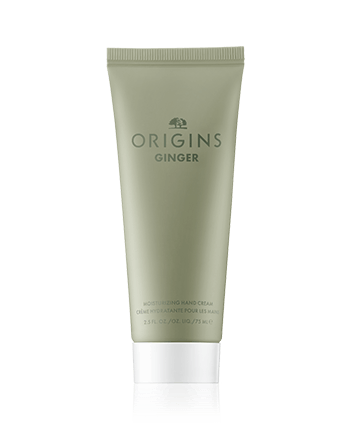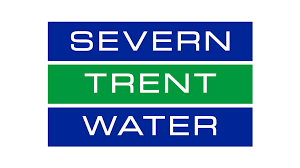Bodycare Industry Evolution: Technology and Sustainability Drive Market Growth in 2025

The Transformation of Bodycare: Market Overview
The U.S. bodycare market, currently valued at $16.18 billion, is projected to reach $20.11 billion by 2030, demonstrating a steady CAGR of 3.69%.
Key Trends Reshaping the Industry
The industry is experiencing significant shifts with four major trends:
– Increasing demand for personalized bodycare solutions
– Rising adoption of functional products with targeted benefits
– Growing premiumization with consumers willing to pay more for high-performance products
– Heightened focus on clean and sustainable formulations
Technology and Innovation
Personalized skincare is gaining unprecedented momentum in 2025, with brands leveraging advanced AI technology and expert dermatological insights to create custom-tailored skincare solutions. While AI cannot replace cosmetic chemists, it’s becoming an essential tool for research and development, leading to the creation of new molecules and designer peptides that promise significant results.
Sustainable and Clean Beauty Evolution
Major companies are adapting to environmental concerns. For instance, Beiersdorf has partnered with Macro Biologics to develop biodegradable antimicrobial peptides, while Unilever has acquired Wild, a refillable natural body care brand, targeting eco-conscious Gen Z and millennial shoppers.
Market Innovation and Consumer Preferences
Multi-functional ingredients are becoming increasingly popular, with products containing ingredients like tretinoin for addressing multiple concerns including acne, pigmentation, and anti-aging, and vitamin C for pollution protection, skin tone evenness, and fine line reduction. There’s also a renewed focus on skin barrier health, with dermatologists emphasizing barrier repair skincare using key ingredients such as emollients and humectants, including shea butter, hyaluronic acid, and glycerin.
Future Outlook
While the beauty industry maintains its appeal to both investors and consumers, the previous ‘more-is-more’ consumption approach has given way to a new focus on value, differentiation, and individuality. Success in this evolving market will depend on how well brands address these changing consumer priorities.









